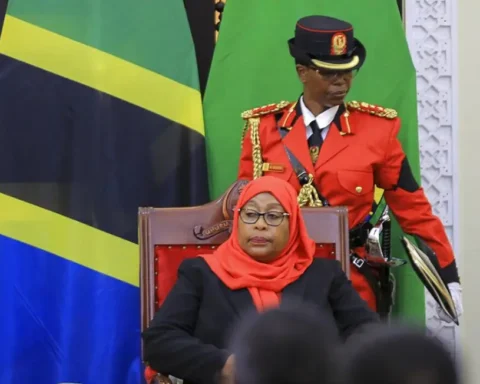China’s grand military parade in Tiananmen Square on Wednesday marked 80 years since the end of World War II, blending historical commemoration with a vivid display of modern military capabilities.
President Xi Jinping presided over the event, overseeing columns of troops, advanced weaponry, and cutting-edge technology in a carefully choreographed spectacle.
Among the 26 world leaders attending were Russian President Vladimir Putin and North Korean leader Kim Jong Un, highlighting Beijing’s growing alignment with nations often at odds with Western powers. Their presence underscored the international dimension of the parade, sending a signal that China is cultivating strategic partnerships while projecting global influence.
The parade showcased China’s latest military hardware, including stealth fighters, main battle tanks, hypersonic missiles, and uncrewed aerial and underwater vehicles. Analysts note that these displays are as much about signaling technological progress as they are about military strength, emphasizing China’s ability to project power regionally and globally.
Also Read; Ghana President Removes Chief Justice After Inquiry
While the parade honored veterans and celebrated historical achievements, the underlying message was strategic: China is asserting itself as a modern, technologically capable power, ready to protect its interests and deter potential adversaries. The event also reflected the country’s growing confidence in shaping the global security environment, particularly in regions such as the Indo-Pacific.
Experts suggest that the combination of historical remembrance and modern military demonstration is intended both for domestic cohesion and international messaging. By presenting its military prowess alongside a narrative of national resilience, Beijing aims to reinforce its leadership legitimacy and signal its readiness to play a decisive role on the global stage.
For international observers, the parade was a reminder that China’s ambitions extend well beyond ceremonial displays. The integration of advanced technology, precision drills, and strategic symbolism underscores a vision of national strength that is deeply tied to its historical legacy and future geopolitical aspirations.







